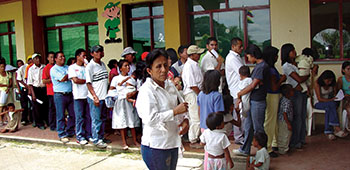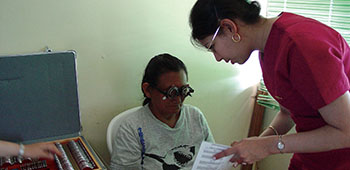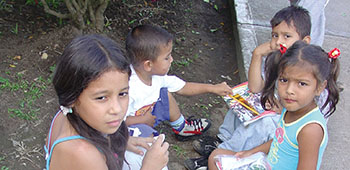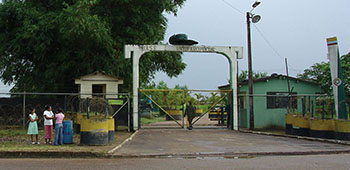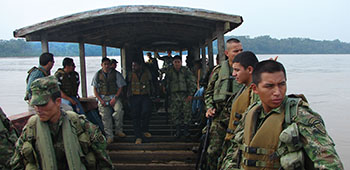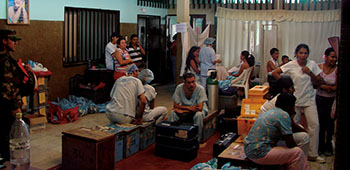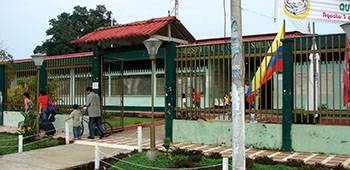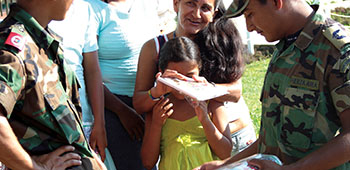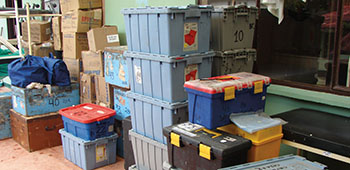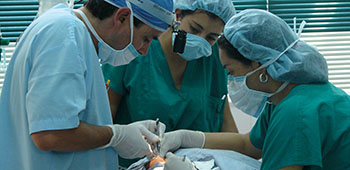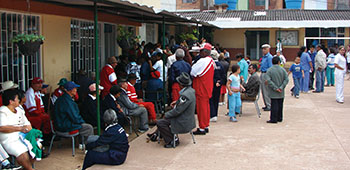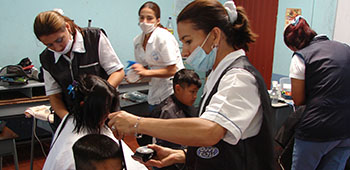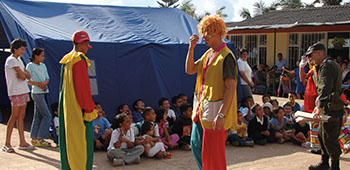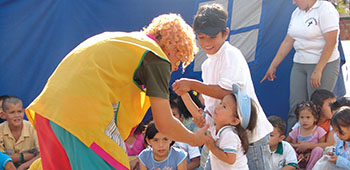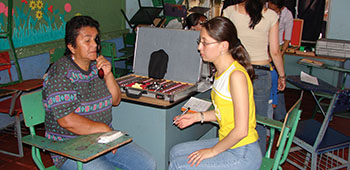NOTE
* Pseudonyms have been used for all military personnel with a rank lower than lieutenant colonel.
DOWNLOAD
The Civil Affairs mission in Colombia spans much of the country. Although sometimes reinforced, it is normally performed by a single Civil Affairs Team–Alpha (CAT-A), usually four soldiers. For many years, most active Army Civil Affairs support came from Company A, 96th Civil Affairs Battalion (Airborne) [CAB(A)] that had responsibility for Latin America. This changed in 2006 with the formation, in a provisional status, of the 97th CAB(A) (the second active duty Civil Affairs battalion since 1974 when the 96th was activated). The mission remains the same, conducting Civil Affairs to support Counter Narco Terrorism (CNT) operations.1
An integral part of Army special operations support of CNT operations is Civil Affairs (which transformed into A Company and C Company, 97th CAB).2 Since the 1990s, Civil Affairs teams from Company A, 96th CAB(A) conducted Civil Affairs throughout Colombia in support of national objectives. The Civil Affairs operations encompassed a mixture of Civil Information Management, Nation Assistance, and Foreign Humanitarian Assistance activities, but were usually built around medical, dental, veterinary, and surgical readiness training exercises. The intent of these readiness training exercises (“RETE”) is to provide training for U.S. soldiers.3 These “RETE” activities produce a threefold result: first, they help the Colombia people in remote and underserved areas; second, the activities promote the legitimacy of the Colombian government; and third, they provide training opportunities for U.S. Army personnel.4
The role of all Civil Affairs Operations executed is to be transparent to the Colombian public. This is done through the integration of Colombian forces, police, civilian government agencies, NGOs, doctors, and engineers, to plan, coordinate and execute operations facilitated by the civil affairs team. The primary operational impact for this Foreign Internal Defense/Counterinsurgency mission is to legitimize Colombian institutions and create and sustain favorable opinion. CA forces focus on the center of gravity (the populace) by engaging the civil component and there by shaping the operating environment.
The three Civil Affairs missions highlighted in the photographic essay are representative of U.S. Army Civil Affairs in Colombia over the past two decades. Each mission takes hundreds of hours of coordination and liaison with Colombian national, departmental, and local governments, the Colombian military and National Police, as well as civilian volunteer and private health organizations and foundations. While the missions have a basic template, each one is unique because it is tailored to the particular needs of a specific community, balanced with a threat assessment. All missions are accomplished in contested areas, sometimes in full view of members of the Fuerzas Armadas Revolucionarias de Colombia or other narco-terrorist organizations that are attempting to overthrow the government.
San José del Guaviare MEDRETE
San José del Guaviare is the capital of the Guaviare department and the economic center of the area. Located on the southern bank of the Guaviare River, San José borders the former demilitarized zone (Zona de Despeje) for the FARC (sometimes called “FARClandia”). The MEDRETE personnel flew from Bogotá to the Colombian National Police (CNP) anti-narcotic base airfield in San José. To get to many areas of Colombia, flying is the quickest and safest means of transportation. The MEDRETE took place on 19-20 August 2006 using the CNP facilities as the support base for the operation. In the two days, a mix of Colombian volunteers and U.S. soldiers saw 497 patients and provided more than 800 consultations (most patients had multiple medical problems). The medical support provided covered general medical, optometry, orthopedics, audiology, vaccinations, general dentistry and orthodontics.5


